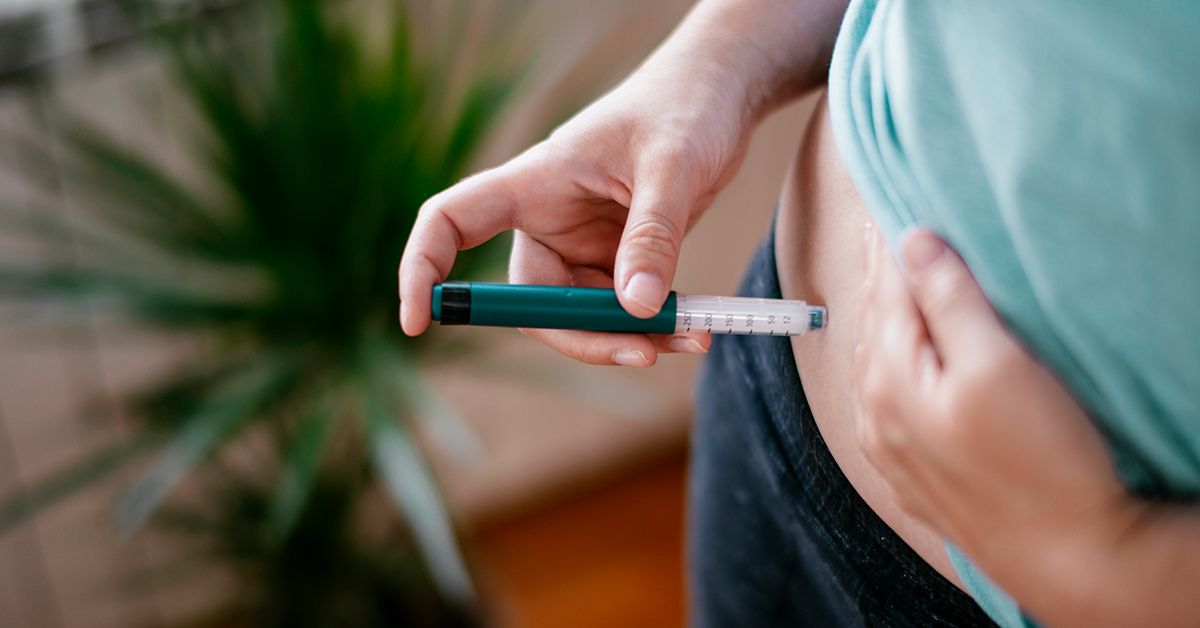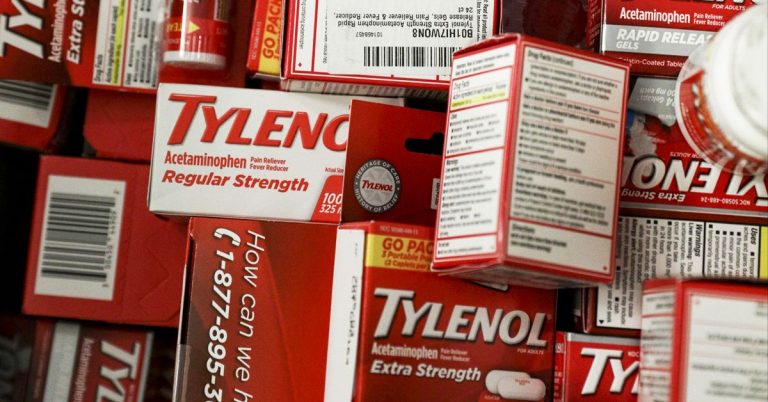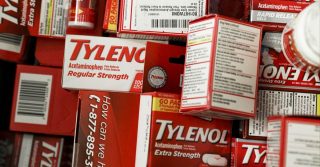California has launched a program to manufacture and sell lower-cost insulin for people with diabetes. Governor Gavin Newsom announced that beginning January 1, 2026, insulin pens will be available to Californians at a maximum retail price of $55 for a five-pack (about $11 per pen). The announcement follows new state legislation that caps consumer out-of-pocket insulin costs at $35 per month.
Officials say the state-branded insulin will be substantially cheaper than many existing branded products. State data show five‑pen packs of brand-name insulins can range roughly from $90 up to about $400. Newsom said the state acted rather than waiting for pharmaceutical companies to reduce prices, emphasizing that “no Californian should ever have to ration insulin or go into debt to stay alive.”
CalRx, a state program launched in 2020 to lower drug costs by contracting with manufacturers, signed a $50 million contract with the nonprofit Civica Rx to produce insulin. Civica Rx subcontracted production of a long-acting glargine insulin to Biocon Biologics. For the California project, a five-pack 3‑mL pen of the Biocon product will be sold to pharmacies for $45 and carry a maximum retail price of $55.
For comparison, state officials cited wholesale prices for several branded insulins: Rezvoglar (Eli Lilly) about $88 per five‑pen pack, Lantus (Sanofi) about $92, Basaglar (Eli Lilly) about $313, and Toujeo Solostar (Sanofi) about $411. Advocates and clinicians say the lower-cost option and the monthly cap could markedly improve access and affordability, especially for people without Medicare or adequate insurance.
Responding to the plan, clinicians and advocates described it as a meaningful step. Kanwar Kelley, MD, noted that high insulin prices have long burdened U.S. patients and that California’s program could increase access while encouraging other manufacturers to reduce prices. Christine Fallabel of the American Diabetes Association called the move an important, incremental step toward more affordable insulin.
CalRx previously worked to expand access to other drugs: in 2024 it announced discounted distribution of naloxone nasal spray under a state-branded program. For the insulin initiative, Civica Rx will also make five‑pack pens available nationwide in January through a partnership with Blue Cross Blue Shield.
Experts caution about potential challenges. Demand for lower-priced insulin could outpace supply, so contractors must scale production quickly. If other manufacturers cut production in response to lower-priced competition, broader supply gaps could arise. Some patients may be reluctant to switch from familiar brands or existing purchasing systems. Regulatory, insurance, supply-chain, and awareness hurdles could affect how easily other states replicate California’s approach.
Why it matters: Insulin is a hormone needed to control blood glucose. People with type 1 diabetes require daily insulin to survive; many people with type 2 diabetes also use insulin. The American Diabetes Association estimates about 8 million people in the United States need insulin injections. The CDC reports roughly 38 million Americans have been diagnosed with diabetes, and more than 3 million Californians have type 1 or type 2 diabetes.
High U.S. insulin prices are a longstanding concern. The ADA and other groups note insulin costs are far higher in the U.S. than in many other countries; one in four U.S. insulin users report rationing their medication due to cost. A 2022 survey from Charity Rx found nearly 80% of people using insulin said the price posed financial difficulty for them or people they care for.
The CalRx insulin will initially target long-acting glargine, with plans to produce generic variations of the three most common insulin types — glargine (long-acting), aspart, and lispro. Officials say the combination of a state-manufactured product priced at $55 per five‑pack and a $35 monthly out-of-pocket cap could provide substantial savings for many Californians. Whether the program becomes a model for other states will depend on federal interest, state budgets, and the program’s ability to maintain steady supply and navigate market and regulatory challenges.




